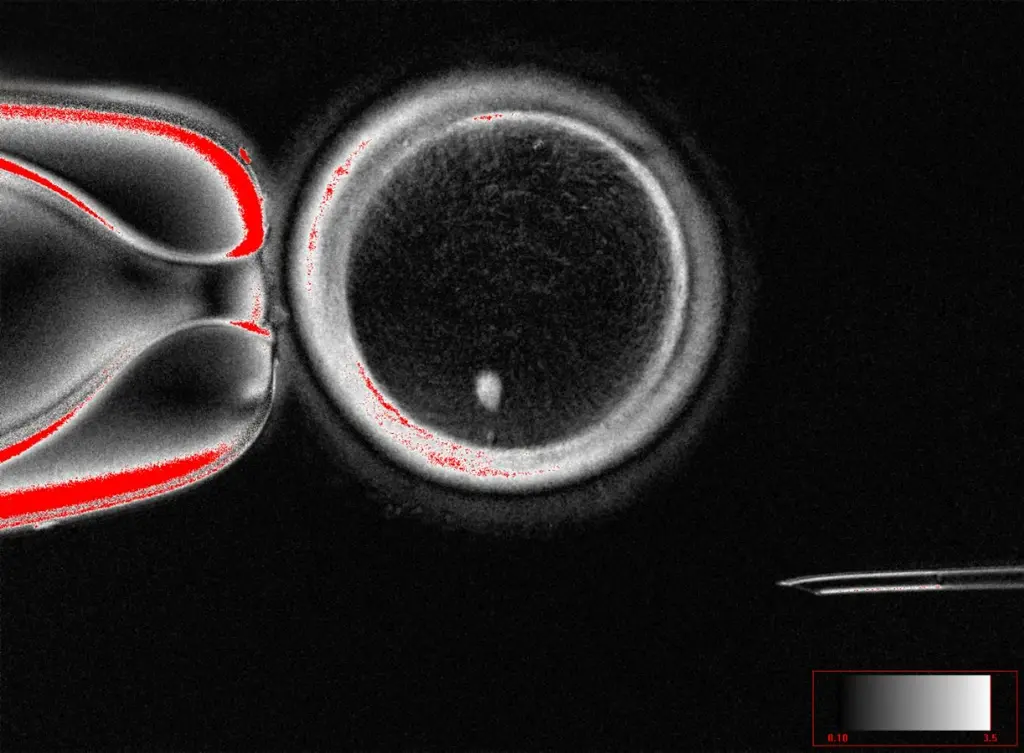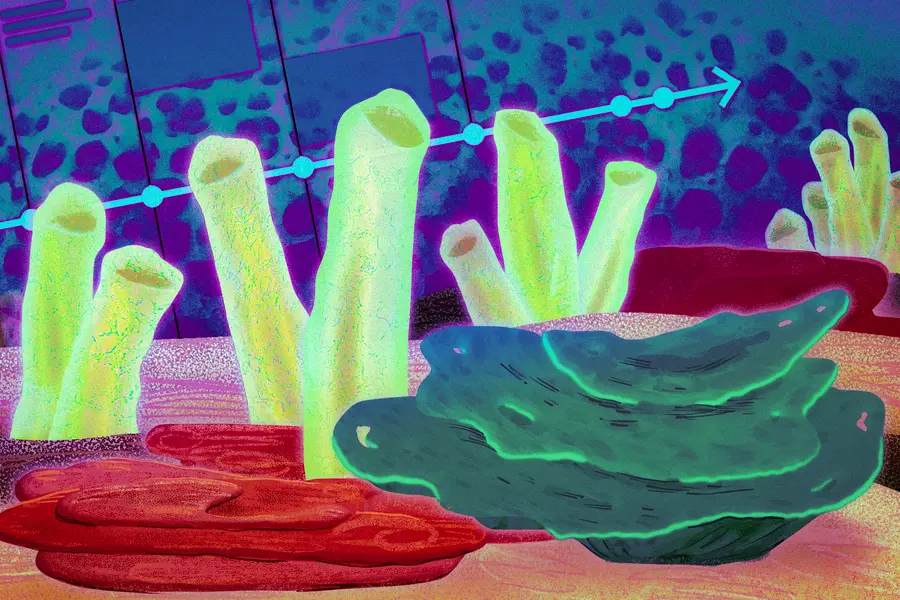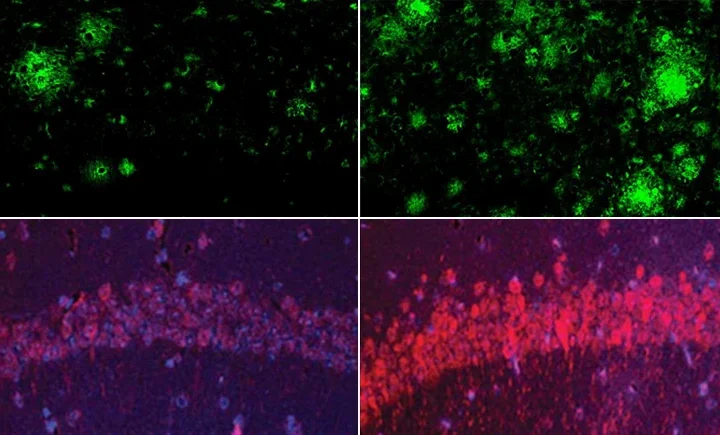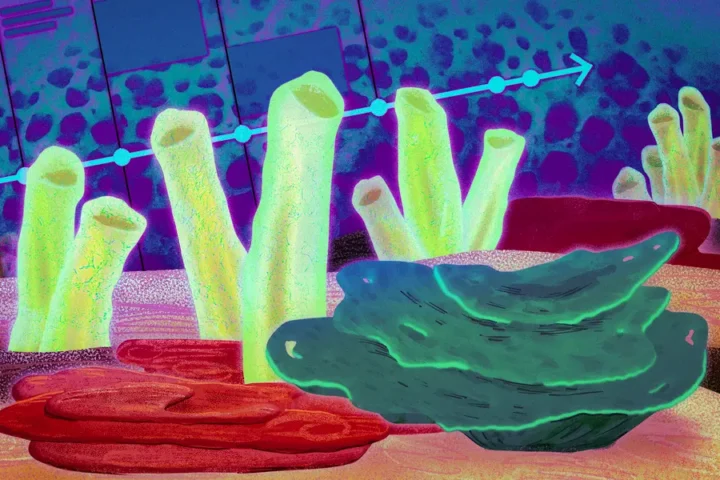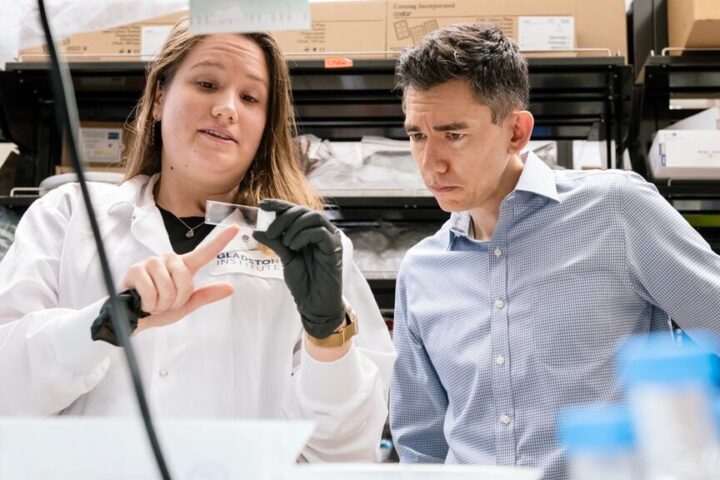Scientists have successfully created human eggs from skin cells in a laboratory setting, marking a significant step that could potentially help millions with fertility challenges. The research team at Oregon Health & Science University (OHSU) developed what they call “mitomeiosis,” a technique that could someday offer new options for people who cannot produce viable eggs.
In their experiment, researchers took ordinary human skin cells and placed their genetic material into donor eggs that had their original nuclei removed. They then used a drug called roscovitine to help the engineered cells shed half their chromosomes – mimicking what happens naturally when eggs form.
“We achieved something that was thought to be impossible,” said Shoukhrat Mitalipov, director of the OHSU Center for Embryonic Cell and Gene Therapy. “Nature gave us two methods of cell division, and we just developed a third.”
The team created 82 functional eggs using this method. When fertilized with sperm through in vitro fertilization (IVF), about 9% developed to what scientists call the blastocyst stage – a hollow sphere of cells that forms roughly six days after fertilization. This is the point when embryos would typically be transferred to establish a pregnancy during IVF treatment.
However, all the resulting embryos showed chromosomal abnormalities, making them unsuitable for implantation. Most didn’t progress beyond dividing into four to eight cells.
“In addition to offering hope for millions of people with infertility due to lack of eggs or sperm, this method would allow for the possibility of same-sex couples to have a child genetically related to both partners,” said study co-author Paula Amato, professor of obstetrics and gynecology at OHSU.
Similar Posts
The technique differs from the cloning method used to create Dolly the sheep in 1997. While both use similar cell transfer techniques, the OHSU process results in embryos with genetic material from both parents, not a genetic copy of just one parent.
Experts not involved in the research emphasized that the technology remains far from clinical use.
The researchers themselves estimate at least a decade of further work would be needed before any human trials could be considered, assuming regulatory approval could be obtained.
The breakthrough raises ethical questions, such as the possibility of creating eggs from someone’s cells without their consent – though this remains a distant possibility.
Other research teams are exploring different approaches to creating eggs in the lab. Some have used stem cells with success in mice, but progress with human cells has been slower.
“While this is still very early laboratory work, in the future it could transform how we understand infertility and miscarriage,” said Ying Cheong, a professor of reproductive medicine at the University of Southampton who wasn’t involved in the study.
For now, the OHSU team plans to continue improving their technique, focusing particularly on ensuring the eggs have the correct chromosome makeup. Their findings were published in the journal Nature Communications.
